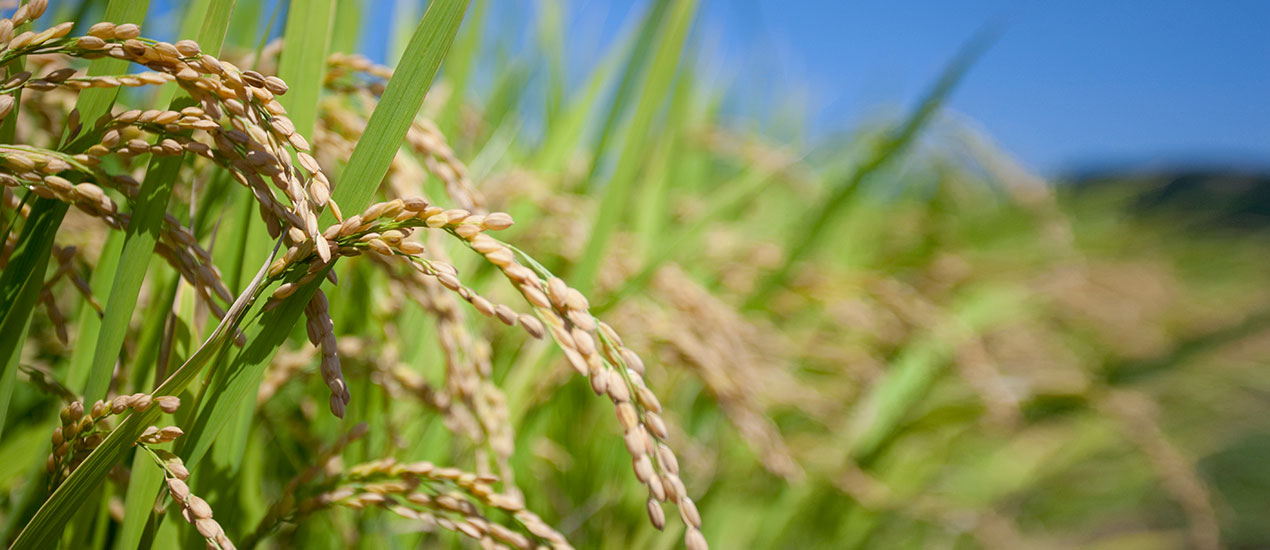Research Areas
DULUWON

Multi-step fermentation using pine needles
Multi-step fermentation consists of the following steps: 1) fermenting the raw material with lactobacillus and yeast, 2) adding dry material to the leftovers from step 1, 3) extracting and concentrating the concoction from step 2, 4) adding concentrate to the fermented liquid from stage 1, 5) fermenting and aging the concoction from stage 4.
Note, however, that the extraction method above destroys the nutritional components and makes it difficult to utilize the raw materials’ functions fully. Because of the extraction method's low absorption rate, it also has higher probability of causing problems within the body.
The multi-step fermentation process for which our company registered a patent was inspired by red pine, a highly functional traditional food loved by the public.
The red pine extracted through the multi-step fermentation process remained potent and still retained the nutritional components of the raw pine needles — which are rich in resin and unsaturated fatty acid — and dry pine needles rich in amino acids and flavonoids. Research showed that the extract worked effectively against breaking down alcohol, lowering cholesterol, and removing waste in the body.
Further research showed that multi-step fermentation transformed tannin into catechins, produced rich extracts by minimizing the destruction of nutrients, and had high absorption rate and high compatibility with the human body.

Red Yeast Rice (Monascus sp.)
Applied for patent for mineral-coated rice cultured by Monascus sp. and its preparation process
The patent’s main purpose is to manufacture functional rice with fortified bio-active and nutritional components. Its main ingredient is rice harvested in the pristine water of Samseong-myeon, the source of Geumgang River.
Monascus sp. fermented by red yeast rice uses Monascus pilosus to create functional red yeast rice. The mineral-coated fermented red yeast rice is created after fermenting and coating the rice with ionized minerals from MRI, Great Salt Lake, Utah.
Research related to lowering cholesterol with Monascus sp.
Monascus sp. is classified as a hemiascomycetous. Over 70 kinds of strains of the bacteria have been identified. The functionalities of bacteria differ according to type.
Monascus sp. produces a red pigment called Monascorubin. The pigment prevents cholesterol synthesis and lowers the cholesterol content. Our researchers separated this strain of bacteria to create the red yeast rice product and identified the strains that created excellent pigments for research.

Fermentation
Effects of Chive Extracts on Lactic Fermentation
Fermentation by microorganisms with lactic acid fermentation qualities adds unique qualities to the product, such as flavor, fragrance, and stickiness.
Chives, garlic, and onions are rich in allyl sulfide. We conducted research on allyl sulfide's effects on lactobacillus’s proliferation after extracting allyl sulfide as an organic solvent. Research showed that allyl sulfide controlled the proliferation of lactobacillus.
Fermenting Rich Soybean Paste (Cheonggukjang) and Creating Biopolymers
Rich soybean paste is created by fermenting and aging steamed soybeans after injecting it with Bacilus subtilis. It is a traditional fermented Korean dish with sticky texture and rich flavor, promoting the digestion and absorption of proteins. Bacilus sp. is used when creating the soybean paste to give it a sticky texture.
The sticky mucous consists of polyglutamate and levan from fructan. It is a type of biopolymer.
We conducted research on the conditions of biopolymer creation. As a result, we discovered that biotin, sucrose, and glutamic acid strongly affect biopolymer creation.


